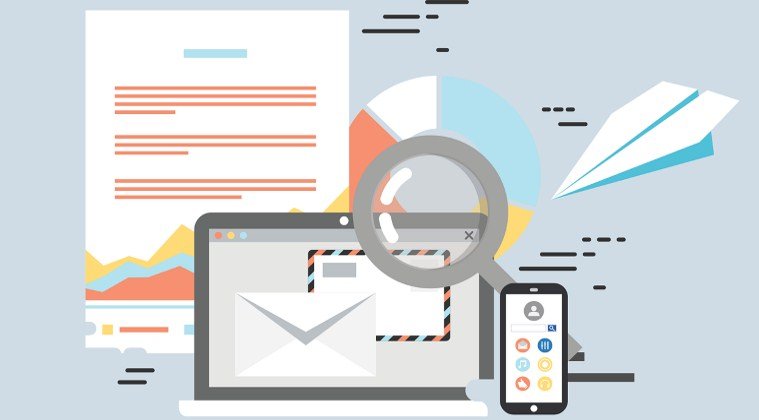Artificial intelligence (AI) is transforming the world of business, creating new opportunities for innovation, efficiency and growth. However, AI also poses significant challenges for privacy and cybersecurity, as it involves collecting, processing and generating large amounts of data, some of which may be sensitive or personal. In this article, we will explore some of the best practices that AI business leaders can adopt to manage these risks and ensure compliance with relevant regulations.
Understanding The Legal And Ethical Implications Of AI
One of the first steps to managing privacy and cybersecurity risks in an AI business world is to understand the legal and ethical implications of using AI tools and applications. Depending on the jurisdiction, industry and use case, there may be different laws and regulations that govern how data can be collected, stored, shared and used by AI systems. For example, the EU’s General Data Protection Regulation (GDPR) and California’s Consumer Privacy Act (CCPA) are two prominent examples of privacy laws that aim to protect the rights and interests of data subjects. These laws require businesses to obtain consent, provide transparency, ensure data quality, implement security measures and respect data subject rights, among other obligations.
In addition to complying with legal requirements, AI business leaders should also consider the ethical aspects of using AI, such as fairness, accountability, transparency and human dignity. These principles can help guide the design, development and deployment of AI systems that are aligned with the values and expectations of stakeholders, such as customers, employees, partners and regulators. By following ethical guidelines, such as the OECD Principles on Artificial Intelligence or the IEEE Ethically Aligned Design framework, AI business leaders can enhance trust, reputation and social responsibility.
Establishing An AI Governance Framework
Another key step to managing privacy and cybersecurity risks in an AI business world is to establish an AI governance framework that defines the roles, responsibilities and processes for overseeing and controlling AI activities. An AI governance framework can help ensure that AI systems are developed and used in a responsible, ethical and compliant manner, as well as monitor and mitigate any potential risks or harms that may arise from AI outcomes.
To create an effective AI governance framework, AI business leaders should involve various stakeholders from different functions and levels of the organization, such as business, data science, analytics, information security and information technology. These stakeholders can form an AI steering committee that sets the vision, strategy and objectives for AI initiatives, as well as establishes policies, standards and guidelines for AI development and deployment. The AI steering committee can also oversee the implementation and evaluation of AI projects, as well as review and address any issues or incidents related to AI performance or impact.
Leveraging AI To Enhance Privacy And Cybersecurity
A third step to managing privacy and cybersecurity risks in an AI business world is to leverage AI itself to enhance privacy and cybersecurity. AI can be used as a tool to improve data protection and security by enabling various techniques and solutions, such as:
- Data anonymization: This involves removing or modifying any identifying information from data sets before using them for AI purposes. This can help reduce the risk of exposing personal or sensitive data to unauthorized parties or breaching privacy laws.
- Data encryption: This involves transforming data into an unreadable format that can only be accessed by authorized parties who have the decryption key. This can help prevent data theft or tampering by malicious actors.
- Data minimization: This involves using only the minimum amount of data necessary for achieving a specific AI goal. This can help reduce the data footprint and complexity of AI systems, as well as limit the potential impact of data breaches or misuse.
- Data quality: This involves ensuring that data is accurate, complete, consistent and relevant for the intended AI purpose. This can help improve the reliability and validity of AI outcomes, as well as avoid errors or biases that may affect decision-making or performance.
- Data auditability: This involves keeping track of the provenance, processing and usage of data throughout the AI lifecycle. This can help ensure accountability and transparency for data-related activities, as well as enable verification and validation of data sources and results.
AI can also be used to enhance cybersecurity by enabling various techniques and solutions, such as:
- Threat detection: This involves using AI to monitor network activity and identify any anomalies or suspicious behaviors that may indicate a cyberattack. This can help prevent or mitigate potential damage or disruption caused by cyber threats.
- Threat response: This involves using AI to automatically respond to detected cyber threats by taking appropriate actions, such as blocking access, isolating devices or alerting authorities. This can help reduce the response time and human intervention required for dealing with cyber incidents.
- Threat prevention: This involves using AI to proactively prevent cyber threats by strengthening security defenses, such as firewalls, antivirus software or encryption tools. This can help reduce the vulnerability or exposure of systems or data to cyberattacks.
- Threat intelligence: This involves using AI to collect, analyze and share information about current or emerging cyber threats from various sources, such as online forums, social media or dark web. This can help improve the awareness and preparedness of security teams and stakeholders for dealing with cyber challenges.
AI is a powerful and disruptive technology that can bring many benefits to businesses, but also many risks to privacy and cybersecurity. AI business leaders should adopt a proactive and holistic approach to managing these risks by understanding the legal and ethical implications of AI, establishing an AI governance framework and leveraging AI to enhance privacy and cybersecurity. By doing so, they can ensure that AI is used in a responsible, ethical and compliant manner, as well as harness its full potential for innovation, efficiency and growth.

